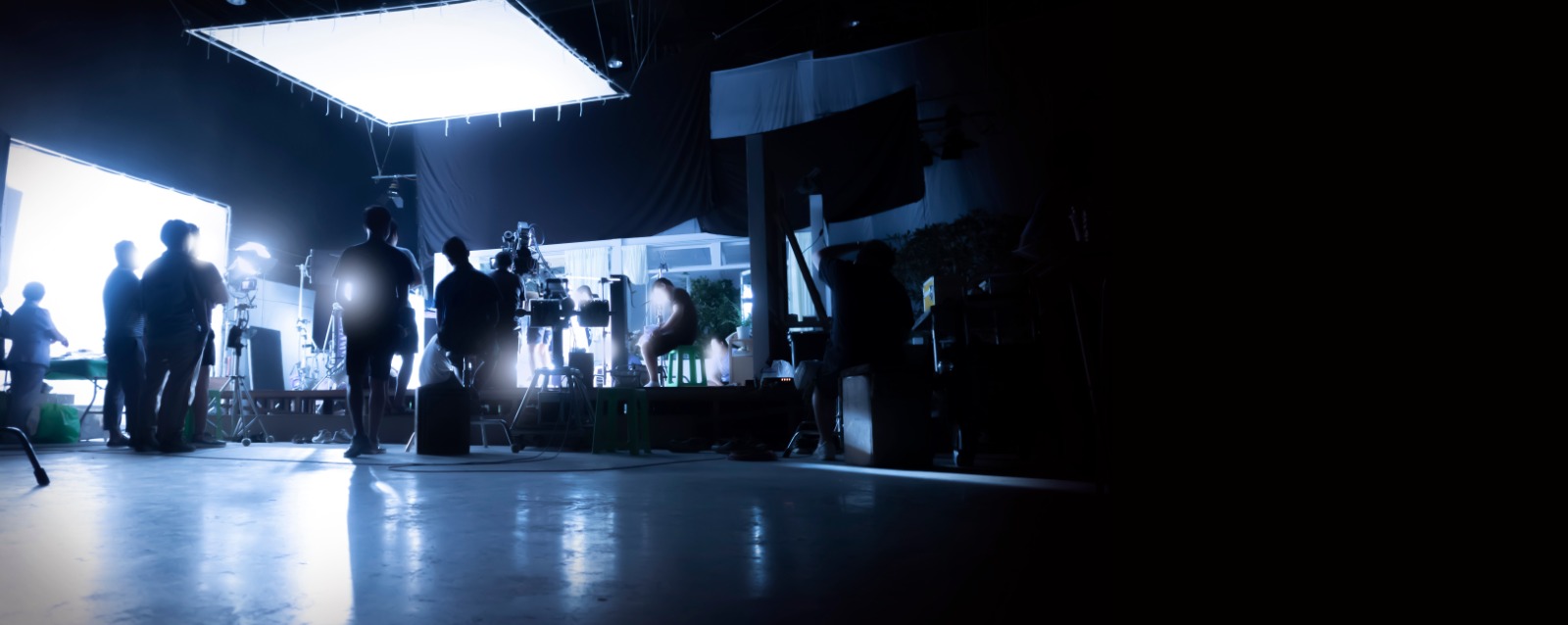
04 Nov High-key and low-key lighting
High-key and low-key lighting
Through the 1930s, comedies, musicals, and many dramas were dominated by high-key lighting – a high ratio of fill to key light. This was typically a form of low-contrast soft lighting (dominant in the 1920s and 30s), providing a diffuse, even brightness (below).
Horror films and particular scenes in crime films often made use of high-contrast low-key lighting, with a low ratio of fill to key. This was hard lighting (itself increasingly common from the 1940s), the frame dominated by deep, clearly defined shadows, suiting the dramatic moods of those films, and creating a sense of mystery and suspense through concealment (below).



No Comments